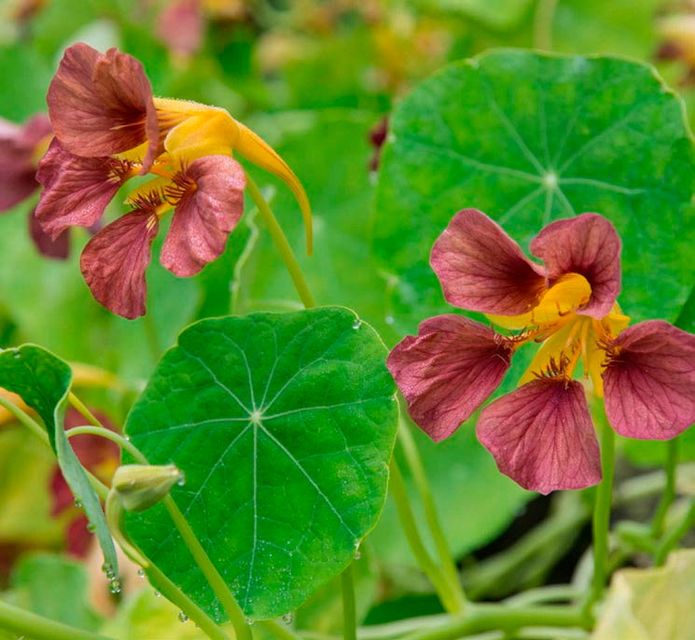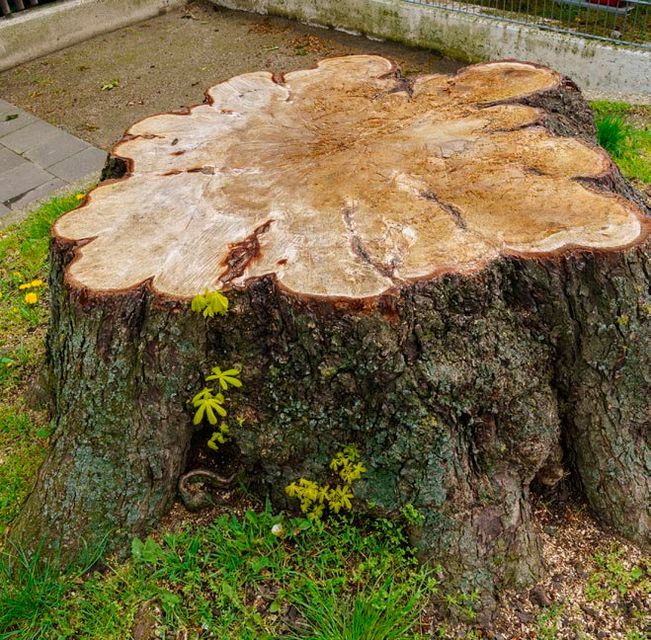After a wintry start to the year, it won’t be long before we see the first bulbs pushing up through the frozen soil. Snowdrops are the earliest to emerge and there’s an excitement when you spot their green leaves appearing in January. By the end of the month, they will be in flower, and so begins the start of the late winter to early spring bulb season.
Unlike most spring bulbs, snowdrops are best planted in the green. This means you plant them while they are still in active growth. If purchasing online, now is the time to place your order, and they will be ready for delivery in February and March.
Suppliers dig them up after they have flowered and you buy them in bunches with their leaves still on. They need to get into the ground as soon as possible after you receive them and they will establish more quickly than buying dry bulbs in autumn.
Separate the clumps into individual bulbs and plant so the bulb and the lower white part of the stem is below ground. A semi-shaded position that doesn’t dry out too much is ideal, for example, under the shade of a deciduous tree. Once in, you allow the foliage to die back and replenish the bulb for next year’s flowering. So if you are planting in grass, you’ll need to leave this uncut until the foliage has gone over.
Besides being a more reliable way to establish a colony of snowdrops, planting in the green makes it easier to see the effect you are trying to achieve.
To get some inspiration and enjoy these lovely bulbs in flower, head to Carlow, where the annual Snowdrop Month starts on Saturday, January 25, and continues throughout the month of February. From guided tours to snowdrop sales, events are being held in Altamont Gardens and Altamont Plant Sales, Arboretum Home & Garden Heaven, Huntington Castle, Burtown House and Shankill Castle.
Once a private garden, Altamont Gardens is a 40-acre estate on the banks of the River Slaney. Now looked after by the OPW, its collection of snowdrops is among the largest in Ireland, with over 150 named varieties.
A major highlight in 2025 is the recent acquisition of a unique snowdrop collection by Robert Miller of Altamont Plant Sales at Altamont Gardens. This exceptional collection, sourced from the reputable Avon Bulbs in Somerset, England, includes over 600 species and cultivars, many of which are rare or newly bred varieties. This is a good opportunity for snowdrop enthusiasts, also known as galanthophiles, to purchase some unusual varieties.
For further info, go to carlowgardentrail.com/whats-on/snowdrop-month-in-carlow/.
There are a few other bulbs that prefer to be planted in the green, rather than as a dry bulb in autumn — for example, the winter aconite, Eranthis hyemalis. This is a relative of the buttercup and shares the same luminous yellow flowers above a green ruff of leaves.
When colour is a precious commodity in later winter, winter aconite is a very cheerful sight and looks well paired with snowdrops. And our native bluebell, Hyacinthoides non-scripta, with its violet-blue nodding flowers, can also be planted this way. Happiest in the partial moist shade of a tree, it will create a radiant display in May of shimmering blue. Unfortunately, it is under threat from the invading Spanish bluebell, so help protect the species by only purchasing the native variety.
Snowdrops and bluebells are also happy to be lifted and divided in the green, so if you already have some established clumps and wish to spread the joy around, you can lift after flowering, divide up the clumps into individual bulbs and replant or gift to friends for their garden.
Purple nasturtium
Plant of the week
Tropaeolum majus ‘Purple Emperor’
Armchair gardeners who don’t like venturing out in the bitter cold can consider what seeds they night like to plant in spring. Head to Galway-based seedaholic.com for a broad and interesting collection of seeds for both fruit and veg. Here’s one that caught my eye — a purple nasturtium. Normally available in vibrant shades of yellow, red and orange, this variety is a dusky burgundy fading to violet rose. A really easy seed to handle and germinate, this would be a good choice if you’ve never grown from seed before.
Tree stump
Reader Q&A
I’m trying to get rid of an old tree stump which still has lots of roots so I can’t plant in this part of the garden. How can I get rid of it quickly? Jack
The most immediate solution is to get a professional in with a stump grinder which will reduce the stump and roots to small bark chippings and you could get digging straight away. I would recommend a professional to do this as it’s a dangerous piece of equipment if you’re not trained to use it. Alternatively, you could hack away at the roots, which will ensure the tree cannot survive, but this will be a slower process.
Submit your gardening questions to Diarmuid via his Instagram @diarmuidgavin using the hashtag #weekendgarden

